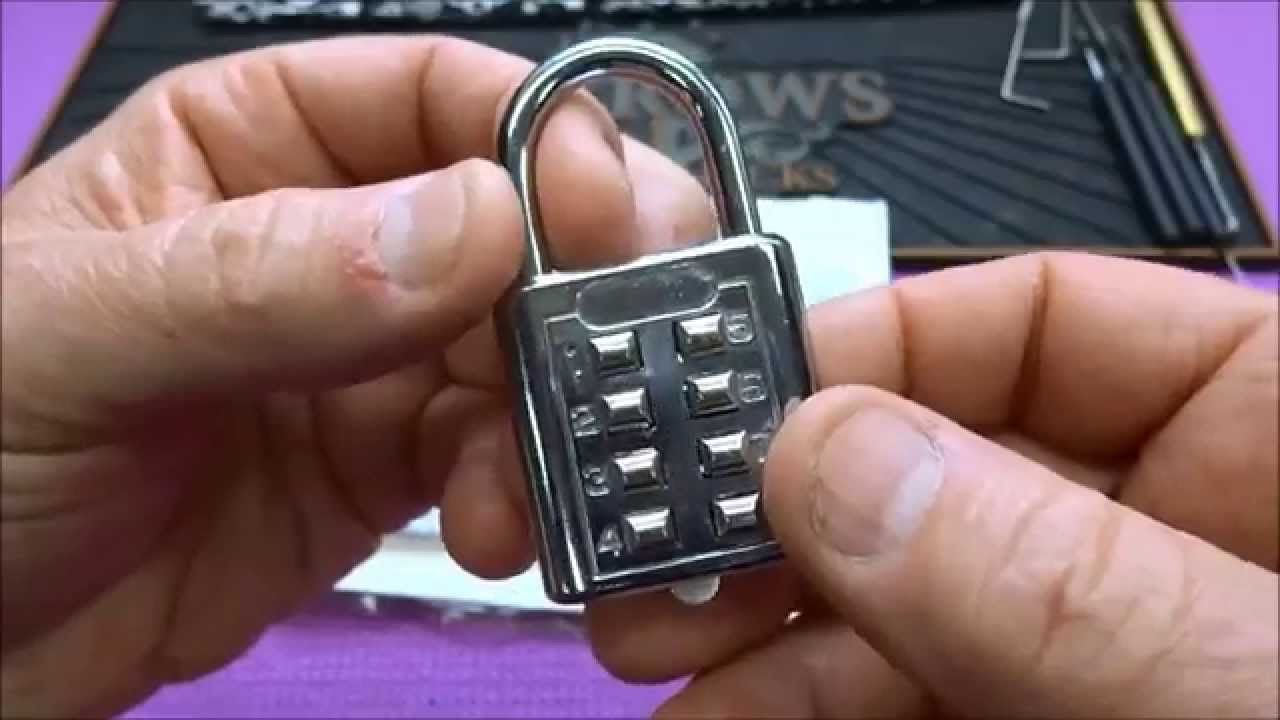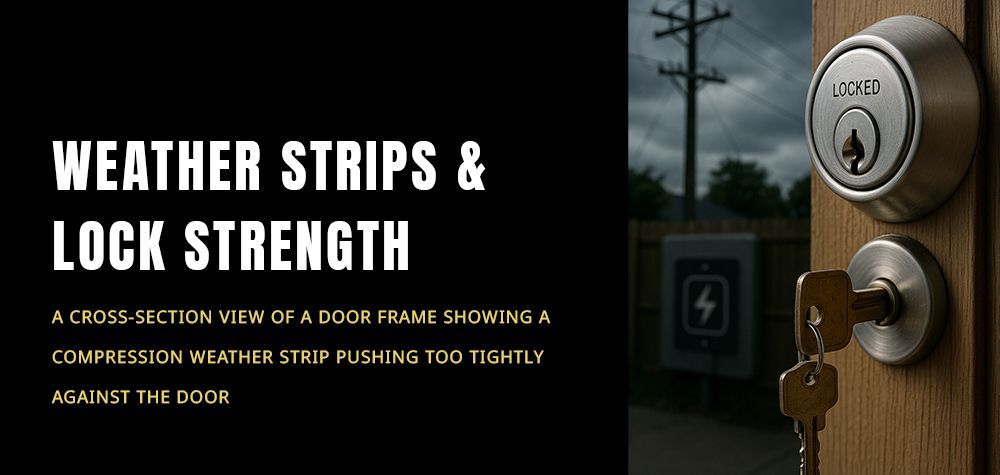How to Change a Combination Lock
Changing the combination on your lock is a straightforward yet essential task for maintaining security. Whether you have a dial, digital, or keypad lock, regularly updating the combination helps protect your valuables and ensures that only authorized individuals have access. In this guide, we’ll walk you through the steps needed to change the combination on various types of locks, providing tips and troubleshooting advice along the way.
Types of Combination Locks
Understanding the type of combination lock you have is crucial for changing its combination correctly. Here are the most common types of combination locks:
- Dial Combination Locks: These traditional locks feature a rotating dial that users turn to align numbers with a marker to open the lock. They are commonly found on school lockers and safes.
- Push-Button Combination Locks: These locks have buttons or keys that need to be pressed in a specific sequence to unlock. They are often used on gates and cabinets.
- Digital Keypad Locks: Featuring an electronic keypad, these locks require users to enter a numeric code. They are popular for home security systems and office buildings.
- Bluetooth/Smart Combination Locks: These modern locks can be controlled via a smartphone app and often include features like temporary codes and remote access. They are used for both residential and commercial purposes.
- Multi-Wheel Combination Locks: These locks have several rotating wheels with numbers, requiring the correct sequence to be aligned for unlocking. They are typically used for luggage and smaller safes.
Tools and Materials Needed
- New combination (code or sequence)
- Instruction manual (specific to your lock type)
- Small screwdriver (if applicable)
- Paper and pen (to note down the new combination)
- Smartphone (for smart locks)
- Reset tool (if provided with your lock)
- Lubricant (optional, for older locks)

Step-by-Step Guide: Changing a Dial Combination Lock
Step 1: Open the Lock
- Turn the dial to the current combination to unlock the lock.
- Pull up the shackle to open it.
Step 2: Locate the Reset Mechanism
- Look for a reset lever or hole, typically located on the side or bottom of the lock.
- If your lock uses a reset tool, insert it into the designated hole.
Step 3: Activate the Reset Mode
- If there's a reset lever, move it to the reset position.
- For locks with a reset tool, insert the tool fully into the hole and turn it to the indicated position (usually 90 degrees).
Step 4: Set the New Combination
- Turn the dial to the desired new combination numbers, ensuring they align correctly.
- Make sure to write down the new combination to avoid forgetting it.
Step 5: Secure the New Combination
- Once the new combination is set, return the reset lever to its original position or remove the reset tool.
- Make sure the new combination is securely saved by the lock mechanism.
Step 6: Test the New Combination
- Close the shackle and scramble the dial.
- Reopen the lock using the new combination to ensure it works correctly.
Troubleshooting Common Issues
- Incorrect Combination: Double-check the entered combination and ensure each number aligns properly.
- Reset Lever Issues: If the reset lever is stuck, gently apply lubricant and try again.
- Lock Won’t Open: Ensure you’ve turned the dial correctly and completely to the new combination.
Conclusion
Changing the combination on a dial lock involves following specific steps to ensure the lock resets correctly. Always keep your new combination secure and test it multiple times to confirm it works properly. Regular maintenance, such as lubrication, can help keep your lock functioning smoothly.
Read more about lock snapping and how to prevent it!
Call Us Any Time!






